Exploring the Role of Marine Lifebuoy in Maritime Safety
Among the various life-saving equipment utilized by mariners, the marine lifebuoy stands out as an indispensable tool for ensuring survival in emergency situations. This simple yet effective device serves as a beacon of hope in emergencies, offering buoyancy and support to those in distress. Let’s explore the significance of the marine lifebuoy and its role in maritime safety.
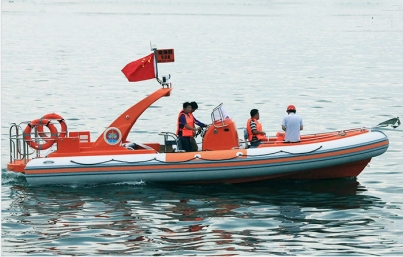
A Brief History of Marine Lifebuoy
The concept of a buoyant device for aiding in water rescues dates back centuries. Historically, lifebuoys were often simple rings made of wood or other buoyant materials. Over time, advancements in materials and technology have transformed these life-saving devices into the highly efficient and standardized marine lifebuoys we see today.
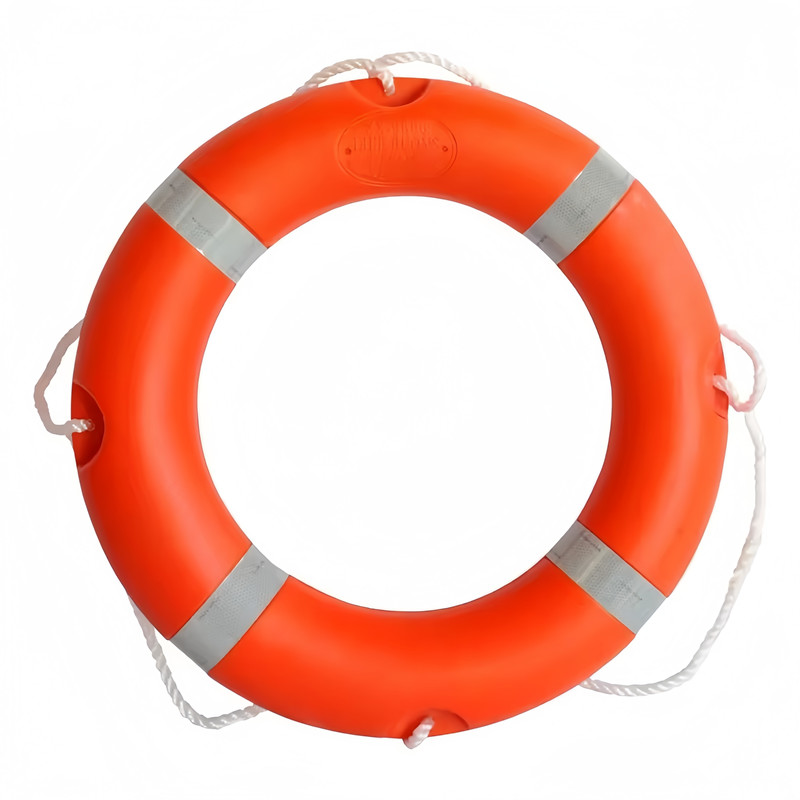
Design and Composition of Marine Lifebouy
The design and composition of a marine lifebuoy are critical factors that determine its effectiveness in saving lives at sea.
1. Buoyancy Material
- Marine lifebuoys are typically constructed from buoyant materials that ensure they stay afloat in water. Common materials include high-density polyethylene (HDPE), foam-filled plastics, or other lightweight yet durable substances.
- The buoyancy material must be able to withstand exposure to saltwater, UV radiation, and other harsh marine conditions without deteriorating.
2. Shape and Size
- Marine lifebuoys traditionally have a circular shape, which provides stability and ease of handling during deployment.
- The size of the lifebuoy is crucial, as it should be large enough to provide sufficient buoyancy to support the weight of an individual in distress. Standard sizes are typically between 24 and 30 inches (60 to 75 centimeters) in diameter.
3. Visibility Features
- Visibility is essential for quickly locating and retrieving a marine lifebuoy in emergency situations. Therefore, these devices are often designed with bright colors such as orange, yellow, or red, which stand out against the water’s surface.
- Reflective strips or panels are commonly added to enhance visibility, particularly in low-light conditions or during nighttime rescues.
4. Attachment Points
Many marine lifebuoys come equipped with attachment points or fixtures to facilitate the connection of ropes or lines. These attachment points enable rescuers to secure the lifebuoy to the person in distress or to other rescue equipment, enhancing the effectiveness of the rescue operation.
5. Grab Lines or Ropes
- Some marine lifebuoys feature grab lines or ropes attached around the circumference of the buoy. These lines serve multiple purposes, including providing a means for the person in distress to hold onto the buoy and aiding rescuers in pulling the individual to safety.
- The length and strength of these lines are carefully considered to ensure they can withstand the forces exerted during rescue operations.
6. Durability and Resistance
- Marine lifebuoys must be able to withstand exposure to the elements and rough handling without compromising their effectiveness.
- Materials used in the construction of lifebuoys are selected for their durability and resistance to corrosion, UV degradation, and other environmental factors.
7. Compliance with Regulations
- Design and construction standards for marine lifebuoys are governed by international maritime regulations, such as those set forth by the International Maritime Organization (IMO).
- These regulations specify requirements regarding buoyancy, size, color, visibility features, and other aspects to ensure the consistency and effectiveness of life-saving equipment across maritime operations.
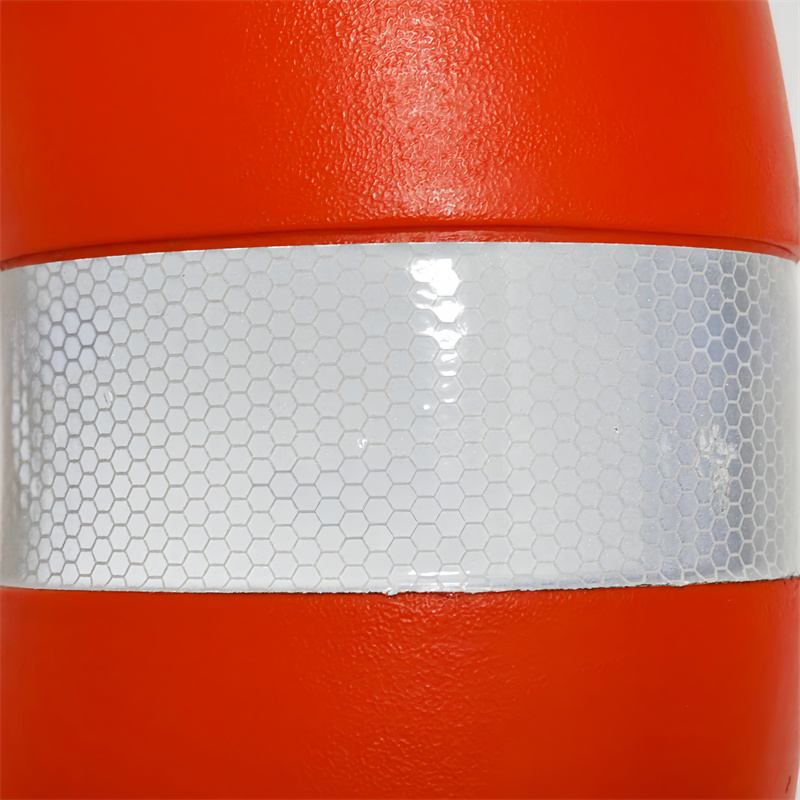
Functionality of Marine Lifebouy
1. Buoyancy and Floatation
- The fundamental purpose of a marine lifebuoy is to provide buoyancy and floatation support to individuals who find themselves in distress in the water.
- When thrown into the water, the lifebuoy immediately begins to float, offering a stable platform for the person to hold onto or to support their weight.
2. Aid in Water Rescue
- Marine lifebuoys serve as vital aids in water rescue operations. When a person falls overboard or is otherwise in distress, the lifebuoy can be quickly deployed to provide immediate support until rescue personnel can arrive.
- Rescuers can throw the lifebuoy towards the person in distress, allowing them to grab onto it and stay afloat while awaiting further assistance.
3. Marking and Signaling
- In addition to aiding in water rescues, marine lifebuoys can also serve as markers to indicate the location of a person in the water.
- Brightly colored lifebuoys with reflective strips are highly visible, making them effective markers during search and rescue operations, especially in low-light conditions or in rough seas.
- Some marine lifebuoys may be equipped with lights or strobes, further enhancing their visibility and serving as distress signals to nearby vessels or search aircraft.
4. Assistance in Retrieval
- Lifebuoys are often designed with features such as grab lines or ropes that enable rescuers to pull the person in distress back to safety.
- Rescuers can secure the line to the vessel or another sturdy object and use it to guide the person towards the boat or to hoist them out of the water.
5. Emergency Preparedness
Marine lifebuoys play a crucial role in emergency preparedness onboard ships and vessels. They are strategically placed in easily accessible locations, ensuring that they can be quickly deployed in the event of an emergency.
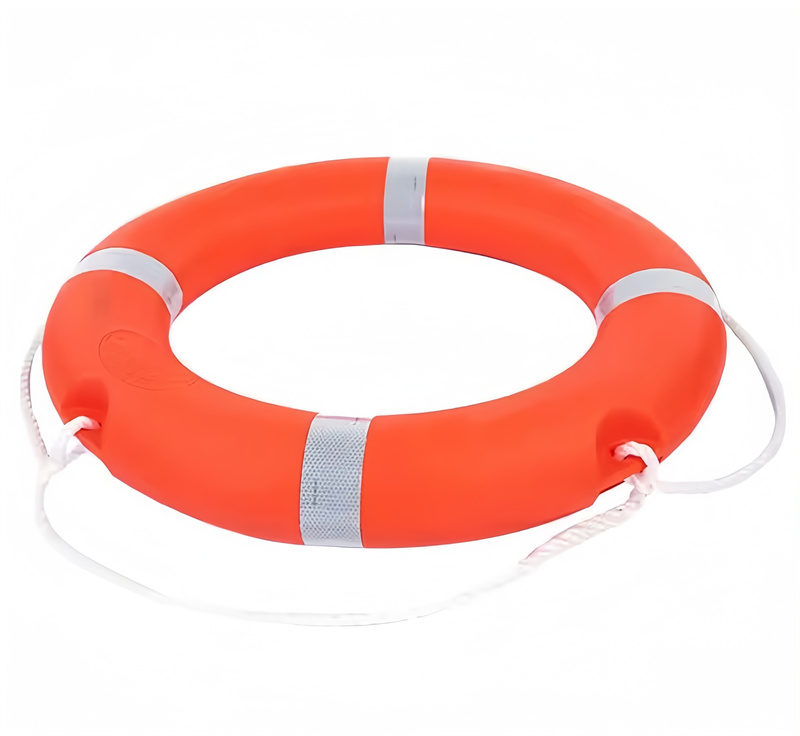
Innovative Use of Marine Lifebouy
1. Recreational Water Safety
- Marine lifebuoys are commonly found at beaches, swimming pools, and recreational water areas as part of water safety measures.
- Lifeguards and beach patrols use lifebuoys to quickly respond to water emergencies and assist swimmers in distress.
2. Waterfront Safety and Rescue Operations
- Lifebuoys are strategically placed along waterfronts, docks, piers, and marinas to provide emergency assistance in cases of accidental falls or drownings.
- Waterfront safety organizations and volunteer rescue groups often deploy lifebuoys as part of their rescue equipment arsenal for swift water rescues.
3. Waterfront Public Safety Campaigns
Lifebuoys serve as symbols of water safety and are frequently incorporated into public safety campaigns aimed at raising awareness about drowning prevention and promoting responsible water recreation practices.
4. Flood and Swift Water Rescue
During flooding or swift water emergencies, lifebuoys can be deployed as part of rescue operations to assist individuals trapped in fast-moving water or stranded in flooded areas.
5. Ice Rescue Operations
In regions where bodies of water freeze over during winter, lifebuoys are used in ice rescue operations to aid individuals who have fallen through ice or become stranded on frozen lakes or rivers.
6. Waterfront Security and Surveillance
Lifebuoys equipped with surveillance cameras or monitoring devices are used for waterfront security purposes, helping to monitor activity and respond quickly to incidents.
7. Industrial and Commercial Applications
In industrial settings such as ports, shipyards, and offshore platforms, lifebuoys are incorporated into safety protocols to provide emergency flotation assistance during maritime operations and construction projects.
8. Water-based Events and Competitions
Organizers of water-based events such as regattas, boat races, and water sports competitions often deploy lifebuoys along the race course as a precautionary measure to ensure participant safety.
9. Personal Watercraft Safety
Personal watercraft operators, such as jet ski and kayak enthusiasts, may carry compact inflatable lifebuoys for personal safety while enjoying water activities.
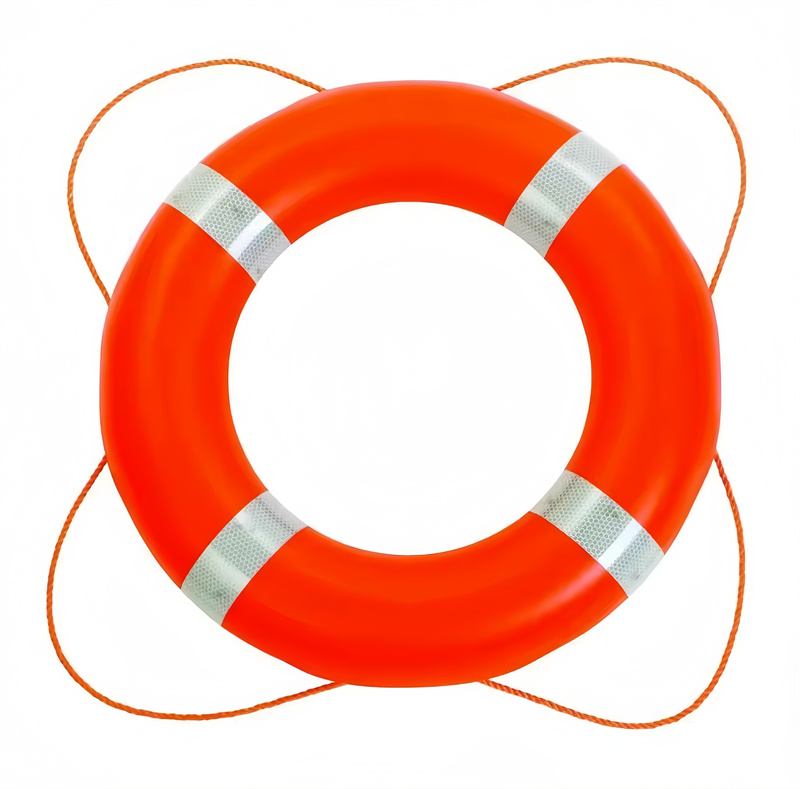
Training and Preparedness for Using Marine Lifebouy
Effective utilization of marine lifebuoys requires proper training and preparedness among crew members and passengers alike. Maritime personnel undergo training in the correct procedures for deploying lifebuoys, including techniques for throwing and securing the device to the person in distress. Regular drills and exercises ensure that individuals are proficient in using life-saving equipment, contributing to a swift and coordinated response in emergencies.
Conclusion
In the unpredictable realm of the open sea, where unforeseen challenges can arise at any moment, the marine lifebuoy stands as a symbol of safety and preparedness. Its simple yet effective design, coupled with rigorous regulatory standards and proper training, ensures that it remains a reliable lifesaving tool for mariners.


